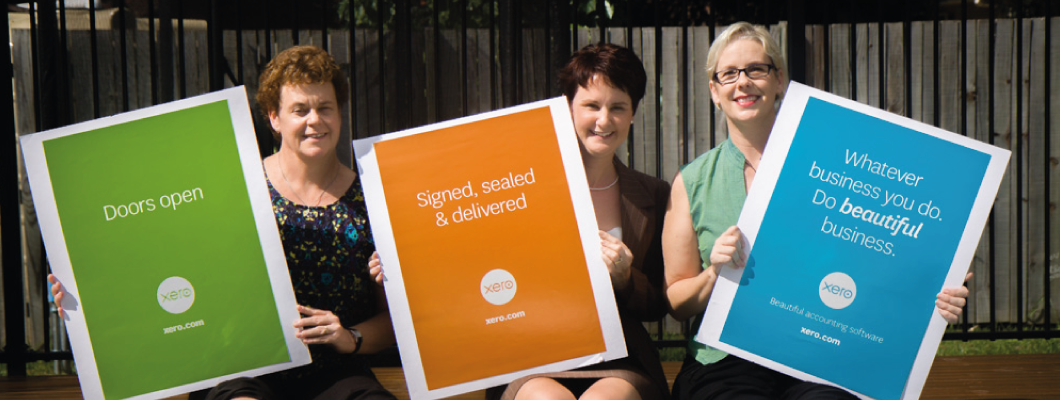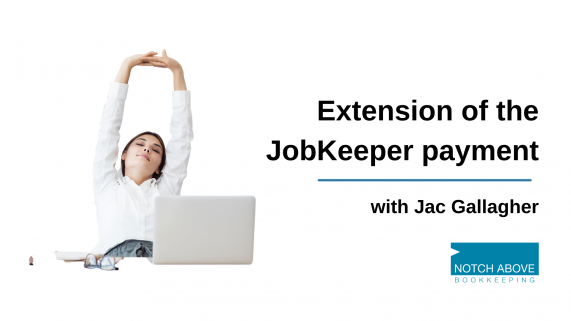Contact your energy retailer to get help in COVID-19
Small business struggling with power bills as a result of COVID-19 should contact their energy provider as soon as possible to get help.
The Australian Energy Regulator’s (AER) Statement of Expectations 2 is calling on energy retailers to extend their support to small businesses and households until at least the end of October 2020.
AER’s message is simple; they expect retailers to offer small business or residential customers who may be in financial stress a payment plan – even if they can’t afford to pay anything right now.
Any customer who is in contact with their retailer should not be disconnected.
If you are struggling to pay your energy bill help is available. Don’t ignore the problem and hope it will go away. Contact your retailer and agree a payment plan that you feel you can afford.
Preliminary data shows that the average energy debt held by households has increased by about 18 per cent between March 2020 and July 2020. With households and businesses financially struggling, and winter bills on their way, your energy provider can provide a range of support to help manage your bills.
Through the AER Statement of Expectations the AER is asking retailers to help small business and residential customers by:
- providing information about concessions, rebates and other support
- offering a payment plan that’s based on their capacity to pay with a no payment window if required
- not disconnecting anyone who is in contact with them
- immediately reconnecting anyone who may be disconnected once they make contact and waiving any associated fees
- not referring them to debt collection agencies for recovery actions or credit default listing.
The COVID-19 pandemic is unpredictable and the situation can turn quickly. Australians who have lost their jobs or income from their business should expect some protection when it comes to an essential service like power.
It is important though that if you can pay your bill, you do pay your bill. A payment deferral is not a waiver and the AER doesn’t want to see customers taking on unnecessary energy debts.
The AER understands, for a whole range of reasons, it can be more difficult for some customers to get in touch. Retailers should make it as easy as possible for people to get in touch and with pro-active strategies to engage with their customers.
The AER recognises many networks and retailers are providing additional assistance to customers and are reaching out to their customers and encouraging them to get help. This needs to continue, particularly through the coming months.
Source: Contact your energy retailer to get help in COVID-19. (2020). Retrieved from https://www.aer.gov.au/news-release/contact-your-energy-retailer-to-get-help-in-covid-19


 2020 Notch Above Bookkeeping
2020 Notch Above Bookkeeping
 2020. Notch Above Bookkeeping
2020. Notch Above Bookkeeping